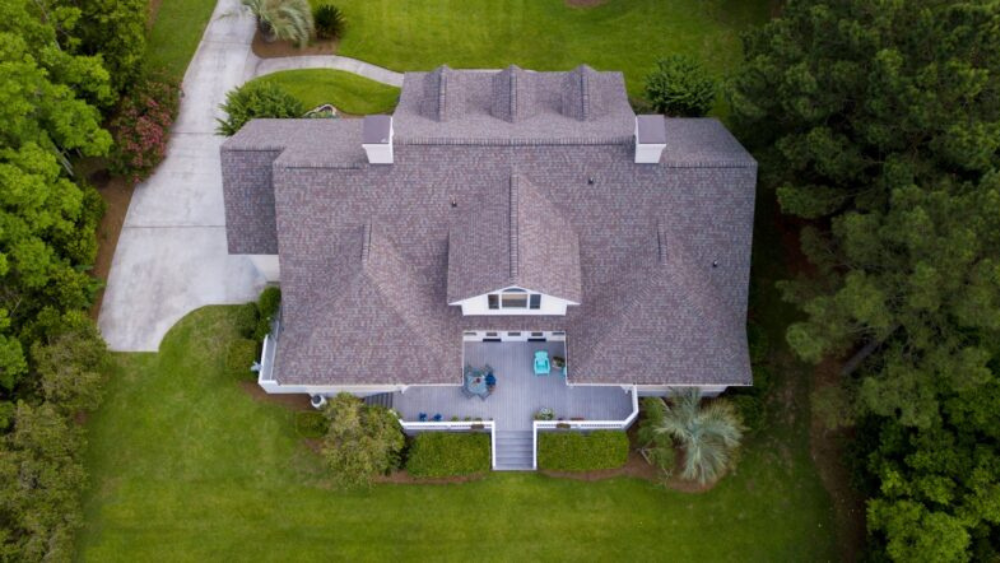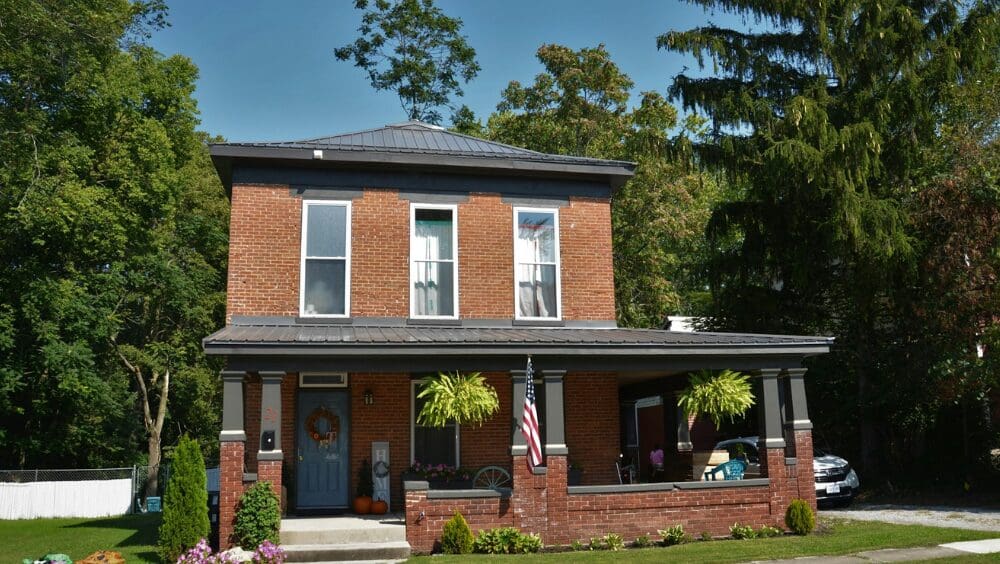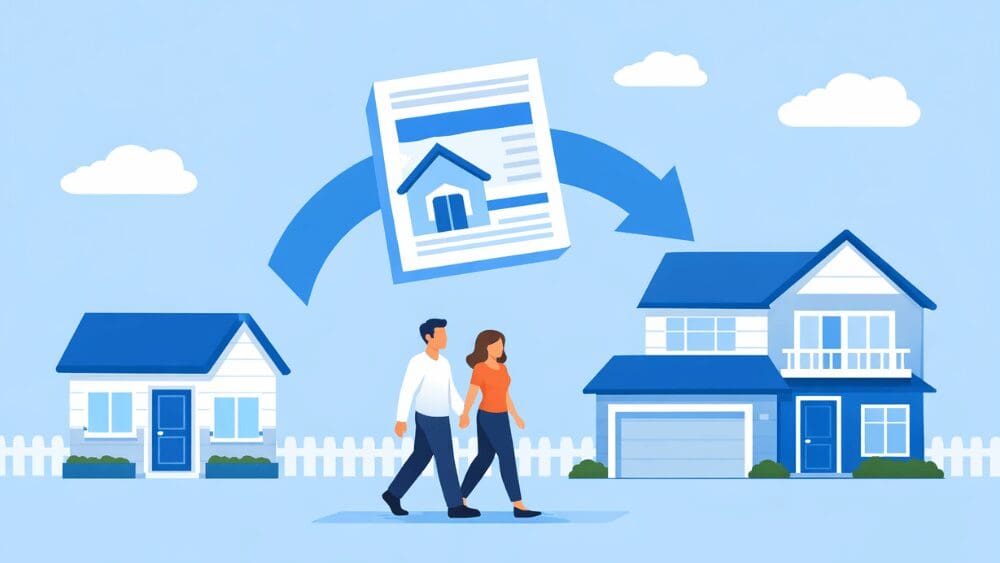
Few projects garner as much attention — and debate — as a new roof. On the surface, it’s a straightforward upgrade, designed to protect a home from the elements and possibly enhance its curb appeal. But does a shiny new roof increase home value when it’s time to sell? The answer is yes — but the ROI isn’t as cut-and-dried. Sometimes, dropping the price of your house is more cost effective than dropping tens of thousands to boost your home’s marketability. Let’s break it all down, so you can make an informed decision on this hefty investment. Your roof has a lot of responsibilities to shoulder — protect an entire home, its contents, and its occupants from everything outside. This tall order means the evolution of roofs for the last several thousand years has focused on durability and performance. Humans have come a long way from thatched huts and palm fronds. In the 19th century, builders used wood, slate, and clay tiles for roofs, which were mostly used to keep out rain and protect from UV light. These materials were heavy though, making them a hassle to haul and work with. In the early 20th century, H.M. Reynolds Company is credited with developing the asphalt shingle, which many other companies adopted and then altered, experimenting with shapes, fire resistance, and textured coating. In the 1930s, combining cement and asbestos proved durable and weighed much less than slate. Sheet metal roofs entered the scene in the 1930s as well. Each change made strides in insulation and durability. Now, the materials chosen largely depend on where you live and the slope of your roof.Roofs throughout history



